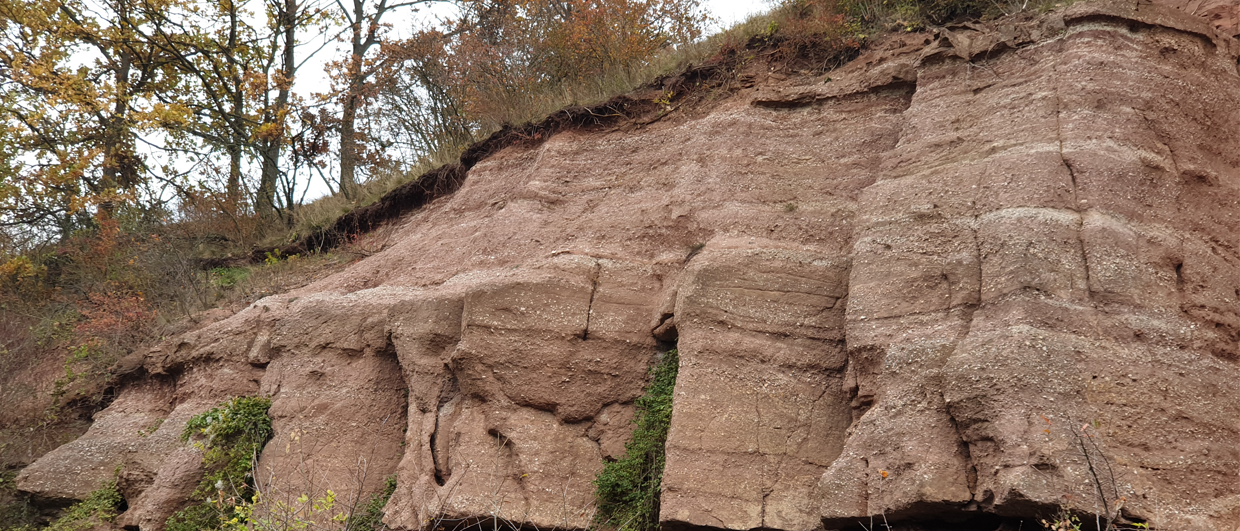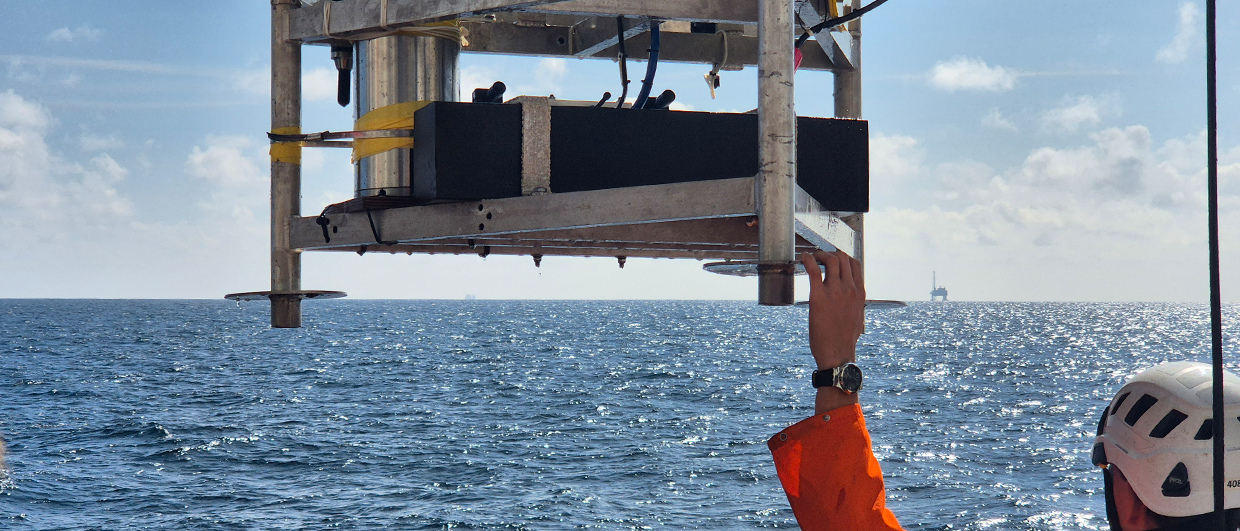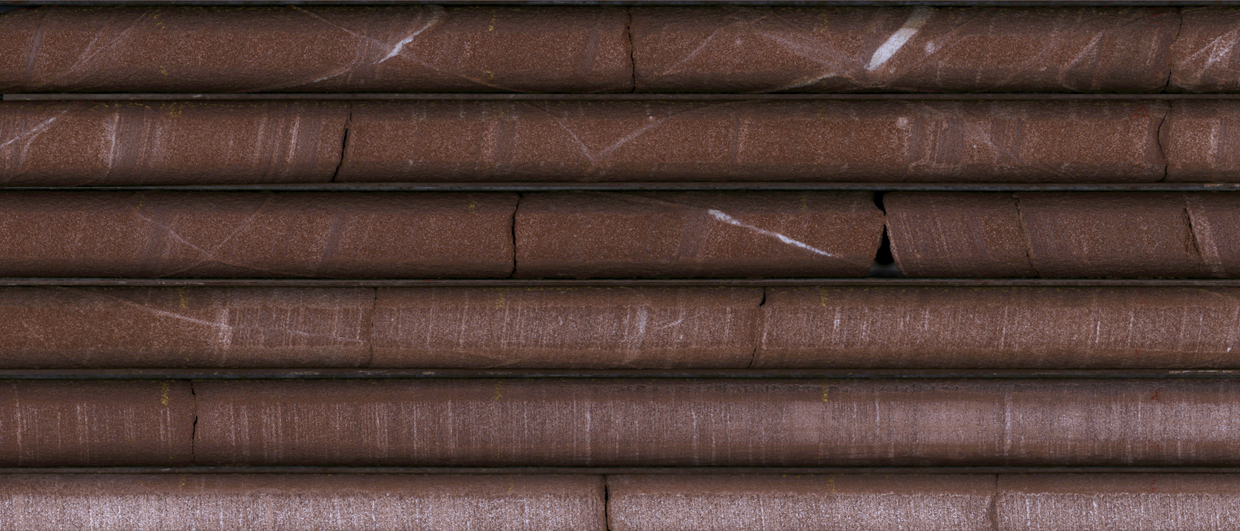In the south of the Netherlands, two geothermal projects (A and B) realised in 2013 and 2017 targeted a Lower Carboniferous limestone succession. In order to maximise flow, the production wells for both projects were drilled into a major basin-bounding fault at 2 km depth, whilst the injection wells were situated slightly further away from the fault zone.
For some years, the wells successfully produced 75°C water at rates between 200 and 400 m3/hour to heat a complex of greenhouses. When a felt seismic event of ML = 1.7 took place in 2018, the plug was pulled from both projects.
In a recent paper published in the Netherlands Journal of Geosciences, Robert Vörös and Stefan Baisch attempt to answer the question of whether seismic hazard assessments performed during the lifetime of the geothermal projects correctly predicted these events.
In addition, through the analysis of production data, they were able to propose a mechanism explaining why induced seismicity took place and how it would be possible to mitigate against it should operations be allowed to start again.

Risk assessment
From an early stage of the geothermal projects, a total of four seismic hazard assessments were carried out to investigate the risks of induced seismicity. Based on numerical simulations of stress changes due to water production and injection, the reports concluded that the so-called Tegelen fault is critically stressed. The mechanism that was identified as the most likely candidate to cause induced seismic events was inferred to be the injection of cold water and associated thermoelastic stresses.
Based on the analysis of seismic events that took place in the leadup to the 1.7 earthquake in 2018, the researchers concluded that it is the injected cooler fluids indeed that may have been the trigger to fault slip.
They found that most of the observed seismic activity occurred shortly after production had been temporarily stopped. The most likely explanation for this to happen is that as soon as the pressure drawdown resulting from water production does not counteract the effect of cooling as a result of water injection, the fault is much more likely to be activated. That also explains the timing of the earthquake; although injection had stopped already four months prior to the event, it was only when production was halted that the event took place.
Questions remaining
One might then ask the question; if the seismic hazard assessment identifies a probable cause for induced seismicity, as already flagged in the seismic hazard assessments, why was the project given the green light in the first place? The answer probably lies in time. Only after the project was commissioned, the Dutch “Framework for seismic hazard assessment in geothermal projects” was put in place. That would suggest that if this directive was in place prior to drilling, the projects as such might not have been given the green light at all.
Injection well too close to fault
If it is the case that thermo-elastic stresses are responsible for earthquakes to happen, one of the ways to mitigate the risk is to drill a new injection well for geothermal project A. As the cross-section above shows, the injection well of this geothermal project is situated relatively close to the fault. It is also this well that seems to line up with the depth where the seismic events occurred.
Geothermal project B, where the injection well is already situated further away from the Tegelen fault, is recommended for a re-start given that a further adjusted mitigation strategy to account for remaining uncertainties is put in place.
HENK KOMBRINK





